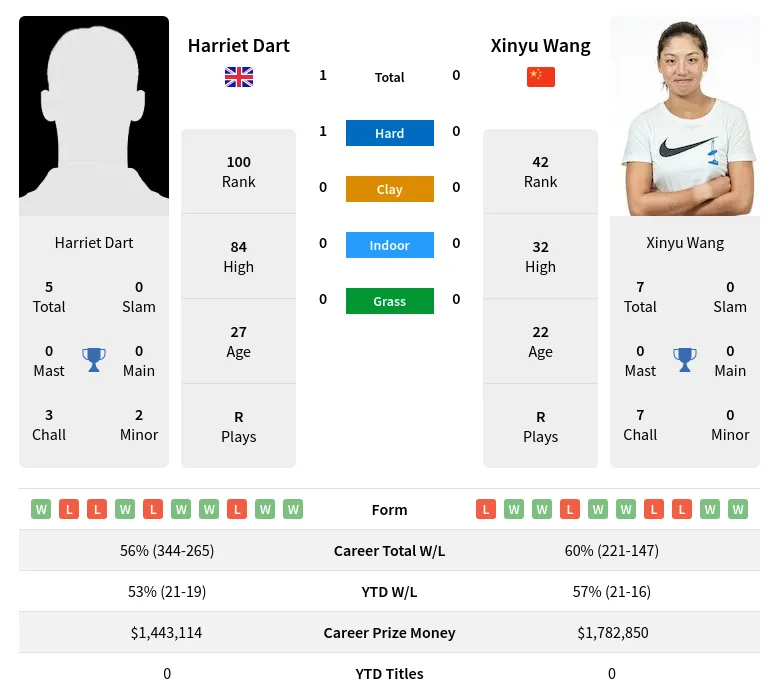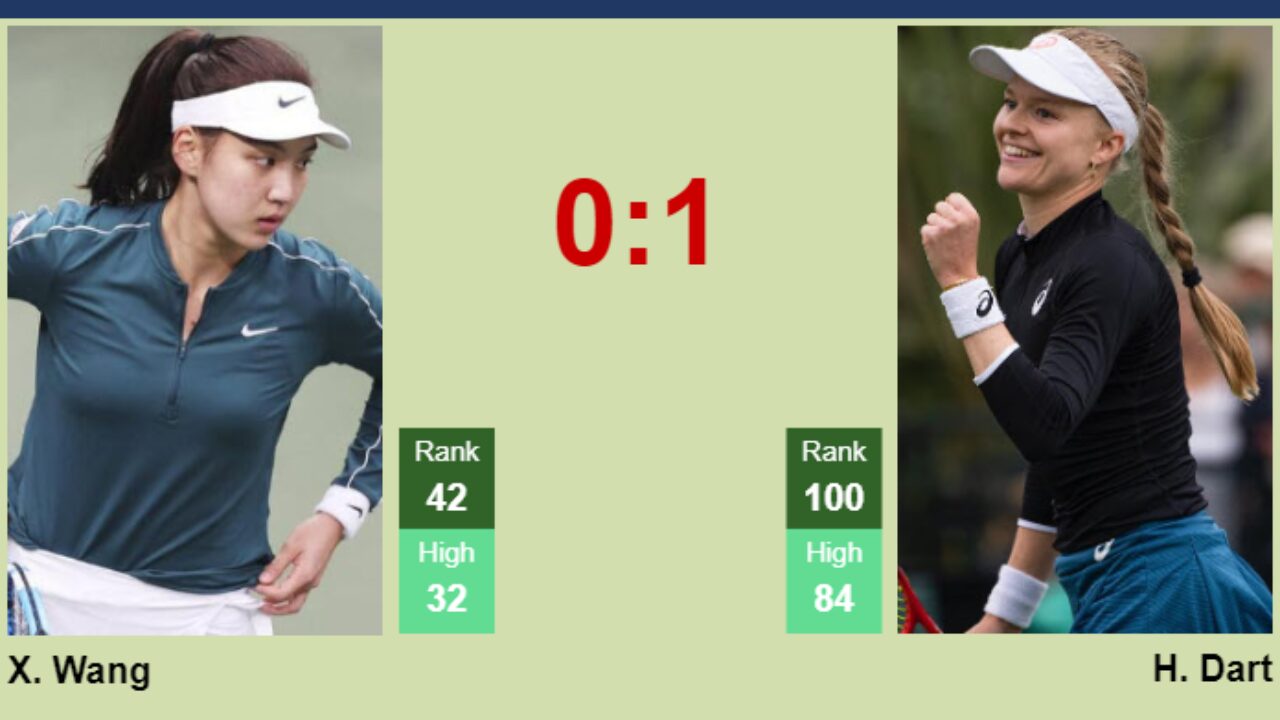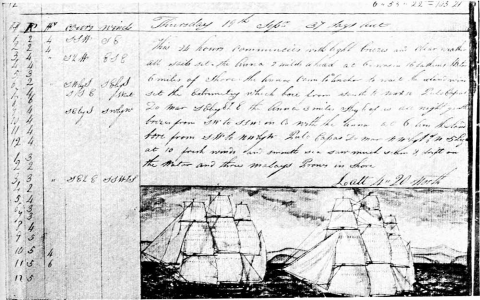Okay, so I spent some time digging into this whole “wang vs dart prediction” idea recently. Wasn’t really sure what to expect, just heard the names thrown around and wanted to see what was up myself.

Getting Started
First thing, I had to figure out what these ‘wang’ and ‘dart’ prediction things actually were. Did some basic searching around, just trying to get a feel for it. Found bits and pieces, nothing super clear, felt like wading through mud a bit. Seemed like different ways to guess outcomes, maybe for games or something simple? Decided the best way was just to try and make them work myself on a little test case.
I decided to predict something really basic, like coin flips. Easy data, right? Heads or tails. I figured I’d try and set up Wang’s method first. It involved looking at past results, trying to find patterns. Took me a bit to gather some imaginary coin flip data, just typed out a long string of H and T.
Trying Wang’s Method
Okay, so implementing the ‘wang’ part… that was interesting. It felt very manual. I had to sort of look back at sequences, count stuff, try to figure out the ‘logic’ it uses. It wasn’t like plugging numbers into a ready-made box. Felt more like following a recipe someone wrote on a napkin. Spent a good chunk of time just trying to make sure I was doing the steps right based on the vague descriptions I found. It was slow going. Lots of checking and re-checking my steps.
Moving onto Dart
Then I switched over to trying the ‘dart’ prediction approach. This one seemed, at first glance, a bit more direct. Less about complex pattern matching, maybe more about frequencies or simpler rules? Again, finding solid instructions was tough. I ended up trying a couple of different interpretations based on what I could piece together.
Setting up the Dart test felt quicker. It didn’t seem to need as much historical data fiddling as Wang’s method, or at least the fiddling felt different. Got it running faster, but the results… well, they seemed a bit random at first. Maybe I misunderstood the core idea, or maybe it’s just less complex?

Comparing the Two
So after messing with both for a while on my coin flip data, here’s kinda what I felt:
- Wang: Seemed like it was trying harder to be clever, looking for deeper patterns. Took way longer to set up and understand the process. Felt like it could be smarter if the pattern was complex.
- Dart: Much simpler to get going. Felt more lightweight. Its predictions on my simple test didn’t feel as sophisticated, maybe better for simpler, faster guesses?
Honestly, running them side-by-side on my basic test didn’t show a huge winner. Wang’s method felt more involved, like it should be better, but getting it right was a pain. Dart was easier but felt a bit… shallow? Maybe that’s the point.
Final Thoughts
So, yeah. That was my little adventure into wang vs dart prediction. No magic bullet discovered. It really felt like different tools for different jobs, maybe? Or perhaps different levels of complexity in how they approach guessing. Wang felt like using a complicated toolset, Dart felt like throwing, well, darts. It depends on what you’re trying to predict and how much effort you want to put into setting it up, I guess. Didn’t find a clear champion, just two different ways of tackling the same problem from my little experiment.


















